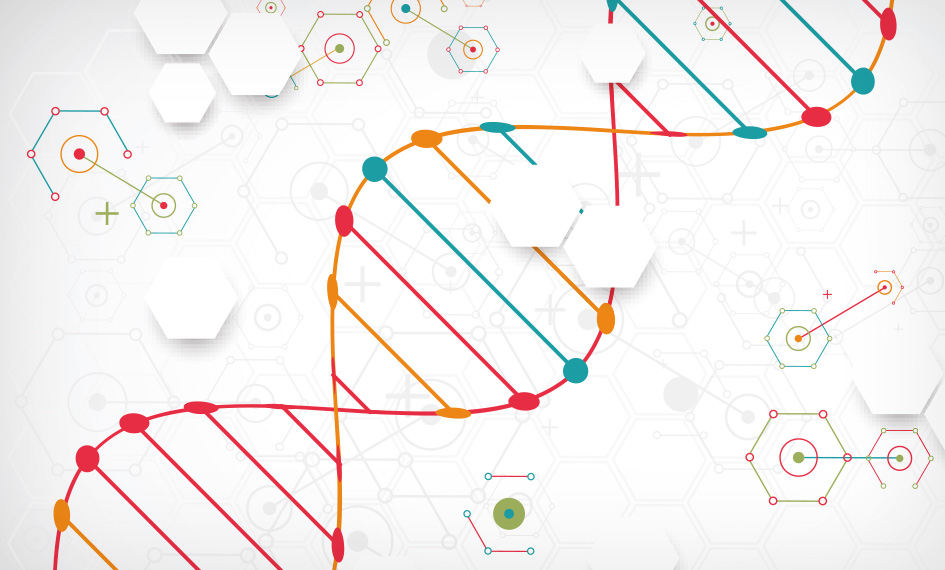

BIOACTIVE COMPOUNDS

ABUNDANCE OF POLYPHENOLS IN HASKAP
Why haskap is so rich in polyphenols? Phenolic compounds are the secondary metabolites of plant, which means they are specially produced to protect against adverse factors which threaten its survival in a unfavorable environment such as drought, UV radiation, infections or to discourage insects from feeding (Szajdek 2008, Broda 2002). Imagine how difficult is to grow and survive on Northern Hemisphere for any plant.
In order to cope in such difficult climate haskap learned to produce many polyphenols: anthocyanins -majority cyanidin-3-O-glucoside (C3G), phenolic acids - majority chlorogenic acid, flavonols and flavons -majority luteolin, quercetin, and catechins (Ruspasinghe 2018).

ANTHOCYANINS – PLANT DEFENCE FROM UV AND FROST
Anthocyanins occupy a special place in the group of polyphenols found in berry fruits. They are produced as a response to UV radiation, to protect tissues from damage. Anthocyanins absorb the UV radiation and lower the risk of DNA damage, that precludes proper protein synthesis and cell divisions (Steyn 2002). In haskap majority of them are found in the berries, as this way the plant protects what is the most valuable for it – the seeds, its genetic material.
Anthocyanins are present in plant vacuoles and due to sugar part accumulate water that may increase the plant hardiness to drought or frost (Chalker-Scott 1999, 2002).

ANTHOCYANINS – CHRONIC DISEASES PREVENTION
Considerable evidence shows significant antioxidant, cardio-protective, anti-inflammatory, neuroprotective, anticancer, and anti-diabetic properties of anthocyanin-rich haskap preparations and anthocyanin alone both in vitro and in vivo (Rupasinghe HPV 2018). Although epidemiological studies have not shown that anthocyanin intake reduces cancer risk in humans, they suggest that anthocyanin intake may reduce certain parameters of oxidative damage (Weisel T 2006).
Lonicera caerulea ( blue honeysuckle, haskap) is on the Canadian Health Ministry list of Natural Health Products as a new berry crop with high antioxidant capacity.
Detailed potential haskap properties are presented on the graph below:


Ref: H.P.V. Rupasinghe et al.”The potential health benefits of haskap (Lonicera caerulea L.) Role of cyanidin-3-o-glucoside”. Journal of Functional Foods 44 (2018) 24–39 BASED ON DATA FROM STUDIES DONE ON CELL CULTURES, ANIMAL MODELS AND HUMANS; Bell L. at al., „ A pilot dose–response study of the acute effects of haskap berry extract (Lonicera caerulea L.) on cognition, mood, and blood pressure in older adults, European Journal of Nutrition, (Dec 2018)
POTENT ANTIOXIDANT
Important feature of anthocyanins is their ability to neutralize free radicals that cause for example the oxidative degradation of lipids.
If not stopped by antioxidant, the end product of this process sticks to the DNA and disrupts proper protein production, cell functioning, and may be mutagenic and cancerogenic.
Thus anthocyanins may prevent from cell membrane and DNA damage. It is noteworthy that cyanidin is 4.4 times more active than vitamin C. (Wang H 1996).


MICROBIOME and ANTHOCYANINS
According to the latest findings microbiome in our guts play a major role in prevention of degenerative diseases development.
In a study where rats were given a high-fat diet and haskap berry powder for 4 weeks, the guts mucus as well as immunoglobin A (IgA) amount increased, the components of intestinal barrier function.
Polyphenols promoted also beneficial change in the population of guts microbiota: increased 3 times beneficial for us Bacteroidetes (Taira T 2015).
HUMAN STUDIES: GLUCOSE & LIPIDS PROFILE, BLOOD PRESSURE
In clinical trial of 6 months involving 58 diabetic patients, that consumed 320 mg of anthocyanin a day, had lower fasting plasma glucose level & cell resistance to insulin (Li D 2015). Reducing blood glucose levels after food intake may be due to inhibition of starch degradation within the gastrointestinal tract (McDougall GJ 2005).
Another trial also shows that consumption of anthocyanins (160 mg anthocyanins twice daily) for 3 months significantly increased the serum HDL cholesterol level (13.7%) and decreased the LDL-cholesterol level (13.6%) compared to the placebo group (Qin Y 2009), which was also confirmed in systematic review of many studies of anthocyanin supplementation to patients with dyslipidemia (Liu C 2016).
Portion of 100 g of haskap berries contains app. 300-500 mg of anthocyanins.
Recent pilot study presents haskap berry extract lowering the diastolic blood pressure in older adults (Bell 2018)


Anthocyanin dietary intake and Alzheimer risk
According to new study published the risk of developing Alzheimer’s Disease and Related Dementias (ADRD) among elderly eating flavonoid – rich diet is much lower. The observation of the daily intake of flavonoids (flavonols, anthocyanins, and flavonoid polymers) was carried out for 20 years among 2801 participants, at mean age around 60 at the beginning of the study. What mechanism account for these effects? Flavonoids and some of their metabolites inhibit neurotoxin-induced cell death, promote neuronal viability. They also cause favorable changes in cerebrovascular blood flow, which in turn induce new blood vessels and new neurons formation in the brain.
Interestingly, among all flavonoids, anthocyanins intake of 16 mg/day was linked with the lowest risk of developing ADRD. Such intake lowered the risk 4x vs low anthocyanin diet. These findings add to the evidence that diet could be an important contributor to ADRD risk. Therefore its worth to regularly enrich it with high-anthocyanin food, like berries. Haskap berry might be one of them, 1 daily teaspoon of organic BIOHASKAP® powder contains 70 mg of anthocyanins (Shishtar E 2020)
IRIDOIDS – RARELY FOUND IN FRUITS
Iridoids, in contrast to polyphenols, are rarely found in fruits, but they are found in green parts of plants (Kucharska AZ 2016), that’s why haskap berry is so unusual fruit containing them. A lot of interest among researchers in currently focused on plants having anti-inflammatory properties. It appears that each of those plants contain fraction of iridoids, that potentially suppress inflammatory process (Karłowicz-Bodalska 2017).
Loganic acid, one of iridoids most dominant in haskap, given as eye drops may lower the intraocular pressure (Szumny D 2015). Administered in food is beneficial for lipids profile as changes in TC triglicerides and HDL cholesterol levels were observed (Sozanski T 2016)
A very strong correlation was observed between the antioxidant potential and the quantity of anthocyanins. High content of iridoids in haskap berries can complement antioxidant properties of phenolic compounds, especially anthocyanins (Kucharska AZ 2017).
Very recently published review on iridoids claims they are used as one of the active components in natural medicine and traditional Chinese medicine and have many biological effects such as liver protection, anti-inflammatory and anti-tumor effects. They also could be used as sedating and antipyretic agents.
Interestingly for example loganin, with the properties of endogenous neurotrophic factors, could stimulate regeneration and repairing of the nerves. Rats treated with iridoids glycoside showed significantly low levels of serum ALT, AST with markedly reduced liver fibrosis.
Most of the studies on iridoids are still focused on their structure, what we need are comparative studies on their structure and function to provide data support for new medicine development (Wang C 2020)







